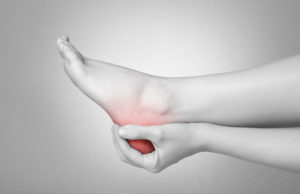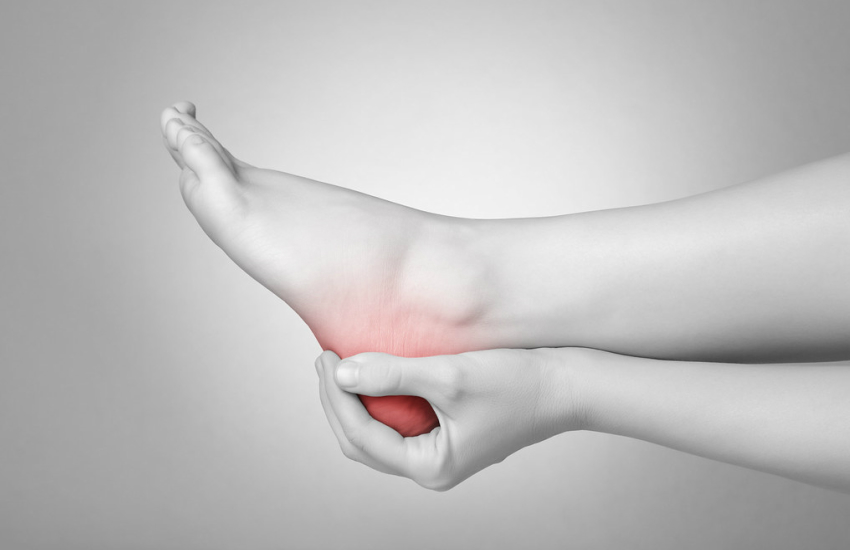My Heel Hurts! Could I have Plantar Fasciitis???
The most common cause of heel pain that I see in my practice is caused by a pathology called ‘Plantar Fasciitis.’ People usually come in complaining of pain at the inside of their heel or along the bottom of the arch that came on suddenly. Symptoms usually consist of pain that starts with the first step out of bed in the morning, after getting up out of a seated position, and pain that may extend around the back of the heel and up the back of the leg as the disease progresses.
What is Plantar Fasciitis? The plantar fascia is a ligament that runs from the bottom of the heel to the ball of the foot. A ligament is a thick, fibrous structure that attaches one bone to another bone, and is present for structural support. The Plantar Fascia is one of the major supports for holding up the medial arch of the foot.
The reason that the plantar fascia gets irritated is usually from a combination of causes. It often occurs if a patient has recently had a gain in weight, or sometimes when there has been a recent change in activity level. Often, a patient will have recently started a new exercise regimen, which causes increased stress on the ligament and along the arch. Also, peoples’ arches often begin to fall, or flatten as they get older, and this may also cause stress to the plantar fascia. This causes an inflammatory process along the course of the ligament, or at its insertion on the heel, which causes pain.
The reason the ligament hurts after periods of rest is simple. When a patient is not standing, there is no stress along the arch or on the ligament. The ligament then has a chance to begin healing. The moment the foot hits the ground, all of the healing that may have been done, gets undone, and the inflammatory response begins all over again. This becomes a repetitive cycle, and the pain may become worse and worse as the pathology progresses.

So, how do we treat Plantar Fasciitis in Las Vegas? There is a standard regimen that I use for my patients experiencing this problem. The fastest way to get rid of the inflammatory response is to give the patient a cortisone injection. Though unpleasant, most patients are happy to try to get rid of the pain swiftly. The foot is then strapped to support the arch so the ligament does not tighten up with weight bearing and activity. A strict course of icing and stretching is instated for the patient. Further injections may be given, but a patient should generally never have more than 3 injections in the same area more than 3 times in a 12 month period. Doing so may weaken the soft tissues.
Orthotics are also very effective in preventing the problem from recurring, and help the patient with over-all function and balance. In fact, orthotics not only help to support the medial arch, but they help to balance out the knees, hips and low back, and help to prevent muscle fatigue.
Surgery is rarely indicated for Plantar Fasciitis. In fact, the current literature states that unless a patient has had this problem for a minimum of 9 months, and has been compliant with all of his physical therapy and conservative therapy, surgery should not be performed. Surgical correction of this problem involves cutting the ligament, and this will eventually lead to an over-all weakening of the medial arch, and weaken the structure of the foot, in general.
I have a great deal of success treating Plantar Fasciitis in Las Vegas with my patients, and usually am able to make a patient pain free within 2 weeks to 2 months, in extreme cases. The longer the pain is present, the harder it is to get rid of. So, if you are experiencing heel pain, be sure to see your local foot and ankle specialist as soon as possible for the best results!

